THE Skoda Scala came to mark a new phase in the Czech brand's presence in the C segment. Until now, this was ensured by two models, the Rapid and the Octavia, which, due to their dimensions, were found “between segments”.
Now, with the Scala, Skoda decided it was time to get “serious” into the C-segment and despite this resorting to the MQB-A0 platform (the same as the SEAT Ibiza or Volkswagen Polo), the truth is that its dimensions do not allow margin for doubt regarding its positioning.
Visually, the Skoda Scala follows a philosophy close to the Volvo V40, being “halfway” between a traditional hatchback and a van. Personally, I like the sober and discreet look of the Scala and I especially appreciate the solution adopted in the rear window (although it tends to get dirty easily).
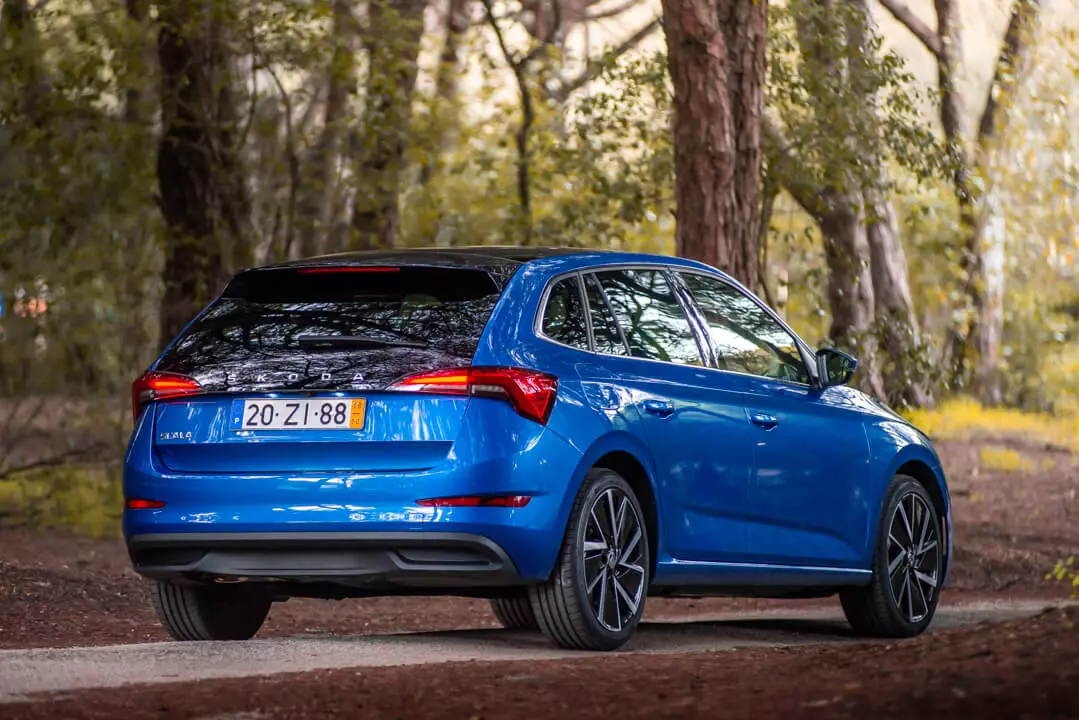
That said, there is only one question: which engine best “matches” the Skoda Scala, the 1.6 TDI or the 1.0 TSI, both with 116 hp? Both units came equipped with the same level of equipment, Style, but the transmission was different — a six-speed manual gearbox for the TDI and a seven-speed DSG (dual clutch) gearbox for the TSI. Difference in which nothing changes the final result in the assessment of the two engines.
Inside Skoda Scala
A pioneer of the Czech brand's new design philosophy, the Scala's interior does not deviate from the principles that Skoda has accustomed us to, presenting a sober look, without major stylistic features, but with good general ergonomics and a quality of assembly without criticism .
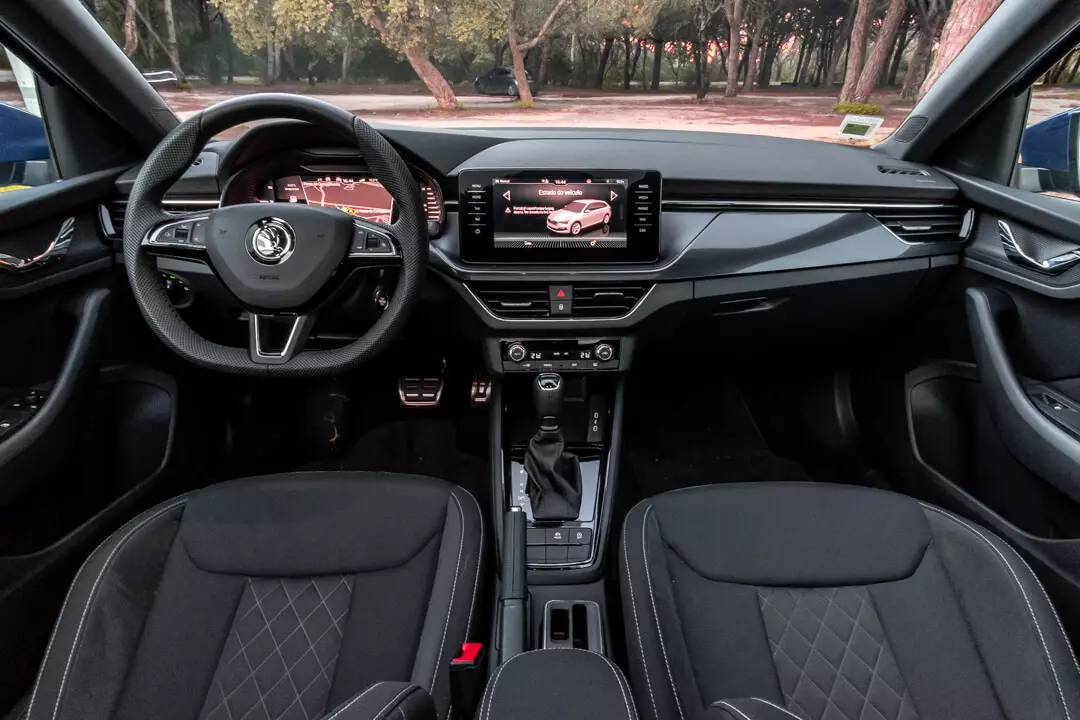
As for the infotainment system, it continues to deserve praise not only for its graphics but also for its ease of use. Still, a mention to the now-vanished physical controls that allowed, for example, to control the volume of the radio, an ergonomically superior solution, and also more to my liking.
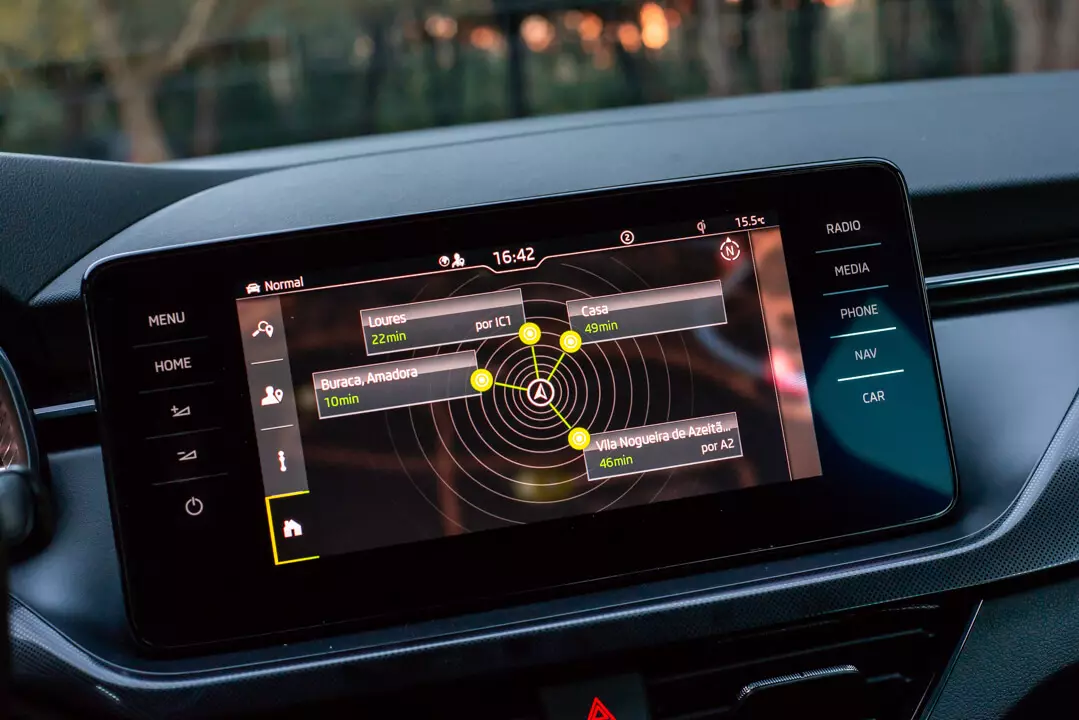
Finally, it's time to tell you about what is probably one of Skoda Scala's best arguments: the habitable space. Behind the legroom is a reference and in height it is also quite generous, being possible to carry four adults in comfort and without "elbows".
Subscribe to our newsletter
Overall, the feeling aboard the Skoda Scala is that we're in a bigger car than it actually is. As well as the space available for passengers, the trunk also offers plenty of space, recording an impressive and practically reference 467 liters.
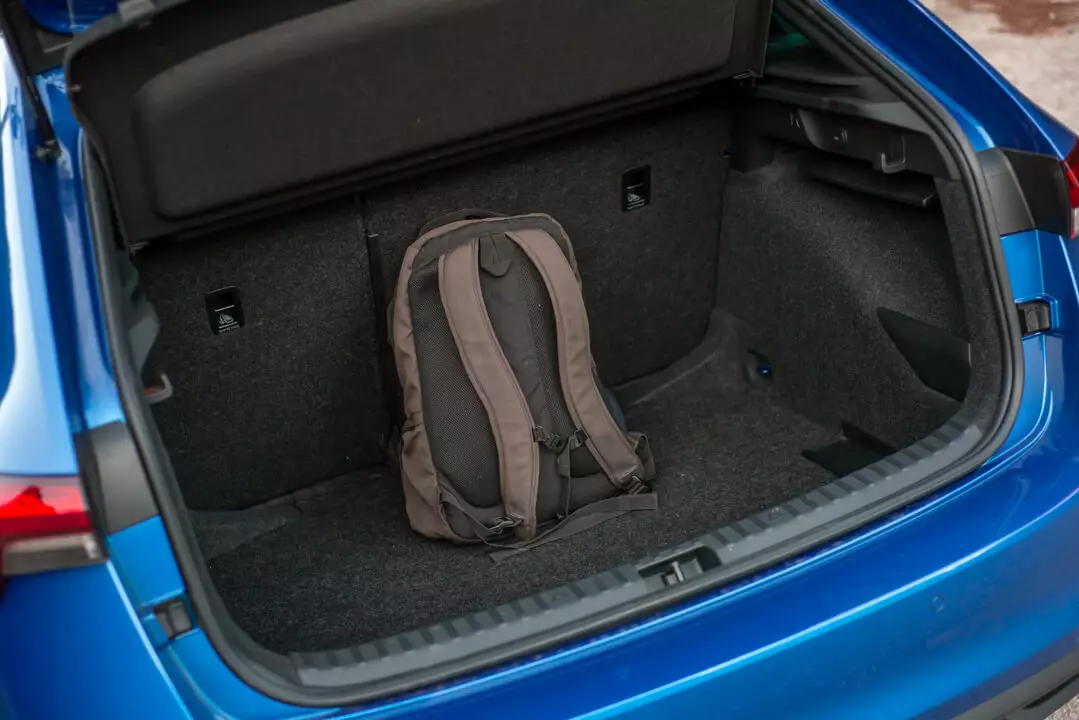
At the wheel of the Skoda Scala
So far, everything I've told you about the Skoda Scala cuts across the familiar Czech range. To answer the question I posed at the beginning of this test, it's time to hit the road, and see the arguments of each engine and how they contribute to the Skoda Scala's driving experience.
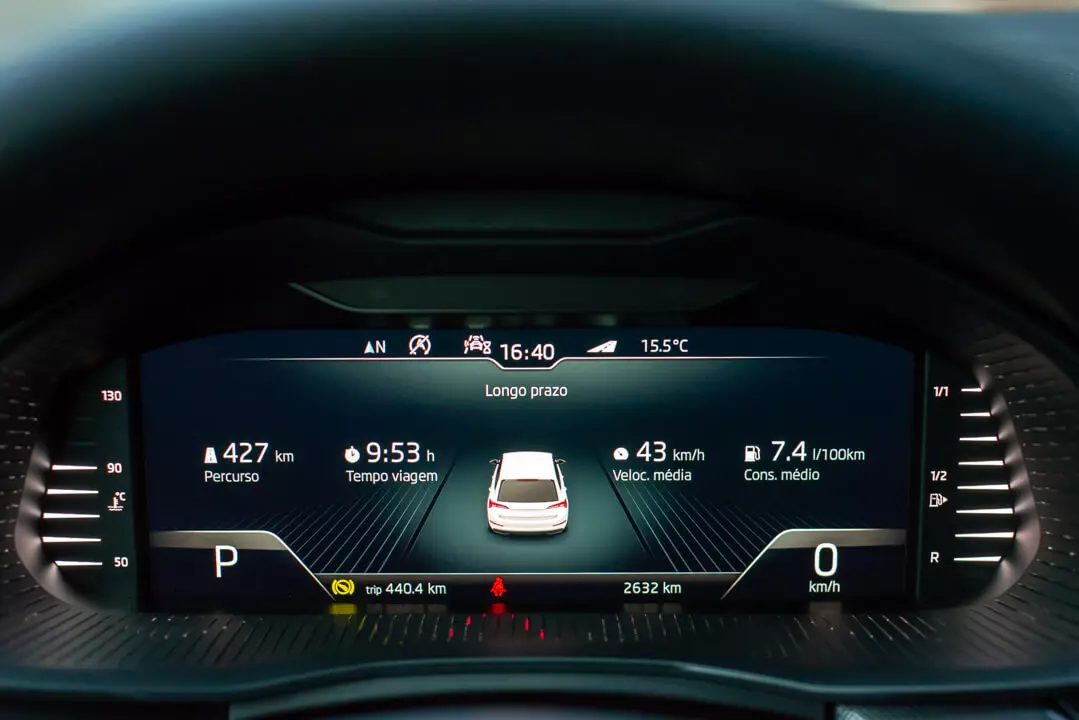
For starters, and still common to both, the driving position is really comfortable. The seats with good support and easily adjustable, the good all-round visibility and the leather-covered steering wheel (common to all versions), which not only have a comfortable grip but also an adequate size, contribute greatly to this.
But let's get down to business, the engines. Both have the same power, 116 hp, differing in torque values — 250 Nm on the TDI and 200 Nm on the TSI — but curiously, despite the differences between them (one is petrol and the other diesel) they end up revealing some lack of lung in the lower regimens.
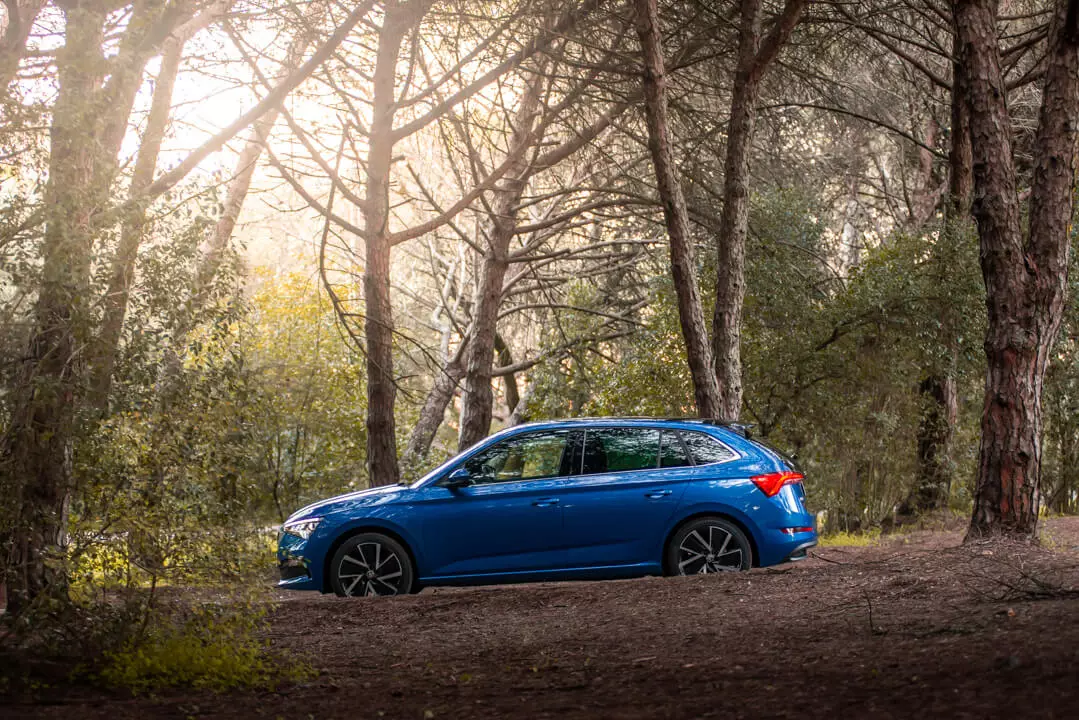
The differences between the two arise in the way each one faces this characteristic. The TSI reveals a greater ease of ramping up, filling the turbo more quickly, bringing liveliness to the three cylinders, then taking the tachometer to areas the TDI can only dream of. Diesel, on the other hand, uses its greater torque and displacement (+60%), feeling more comfortable in medium regimes.
The performance between both units is somewhat similar, despite the TDI being coupled with a well-scaled (and pleasant to use) six-speed manual gearbox and the TSI having the already praised seven-speed DSG automatic gearbox.
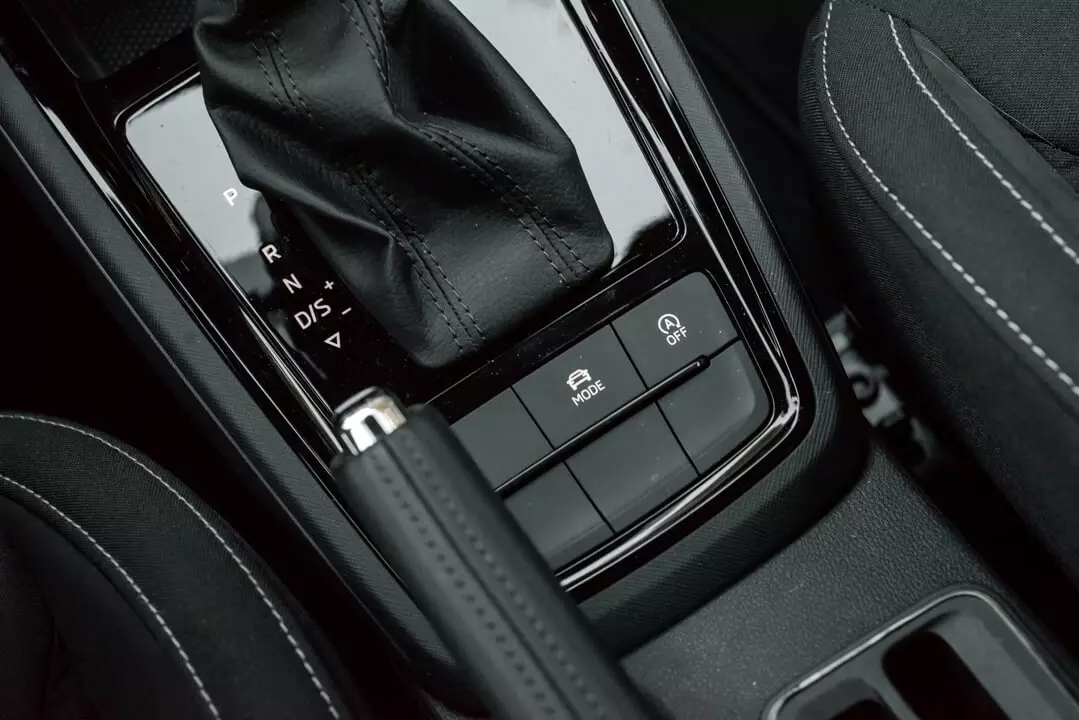
The Scala equipped with an automatic transmission had driving modes.
With regard to consumption, none of these engines proved to be especially gluttonous. Obviously, Diesel is more “sparing”, offering averages in the region of 5 l/100 km (with calm and on the open road I reached 3.8 l/100 km). In the TSI the average walked between 6.5 l/100 km and 7 l/100 km.
Finally, there is practically nothing to dynamically separate the two Skoda Scala, despite the nearly 100 kg difference between the two. It may be a compact familiar, but it's not lacking in estradista qualities, and when it comes to curves, the Scala is not frightened. The behavior is guided by being precise, predictable and safe, complemented by a precise direction, with the proper weight.
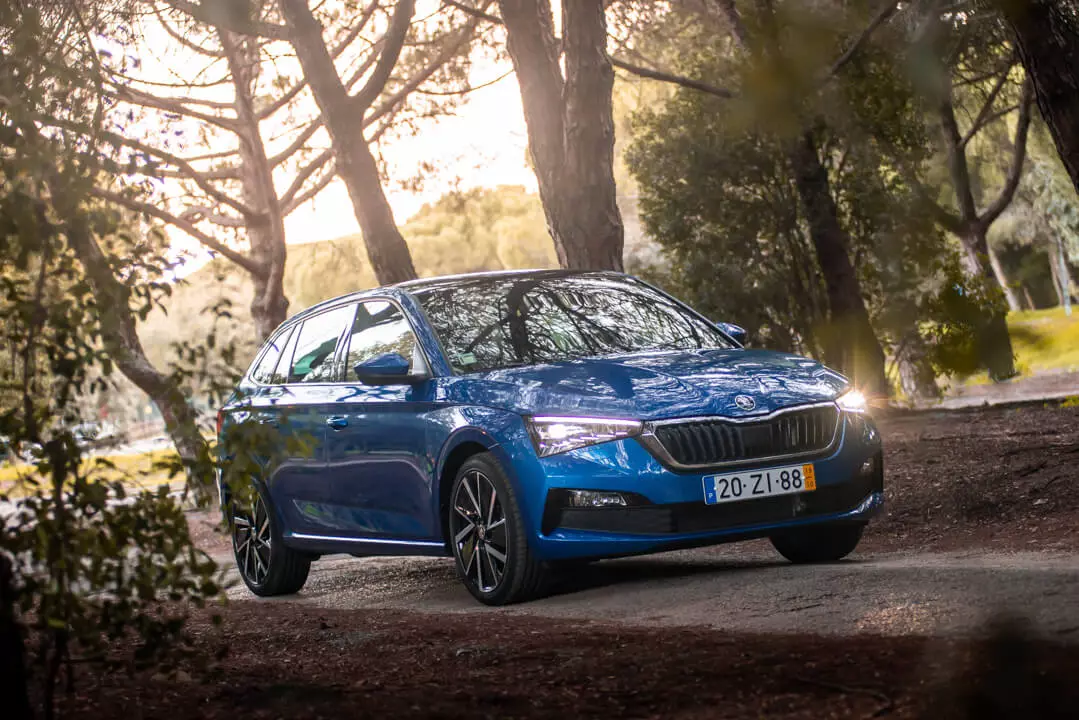
Is the car right for me?
It's true that it doesn't have the dynamic sharpness of a Mazda3 or the premium appeal of a Mercedes-Benz A-Class, but I have to admit that because I like the Skoda Scala a lot. It's just that the Czech model has no negative points worth noting – homogeneity, on the positive side, is what characterizes it.
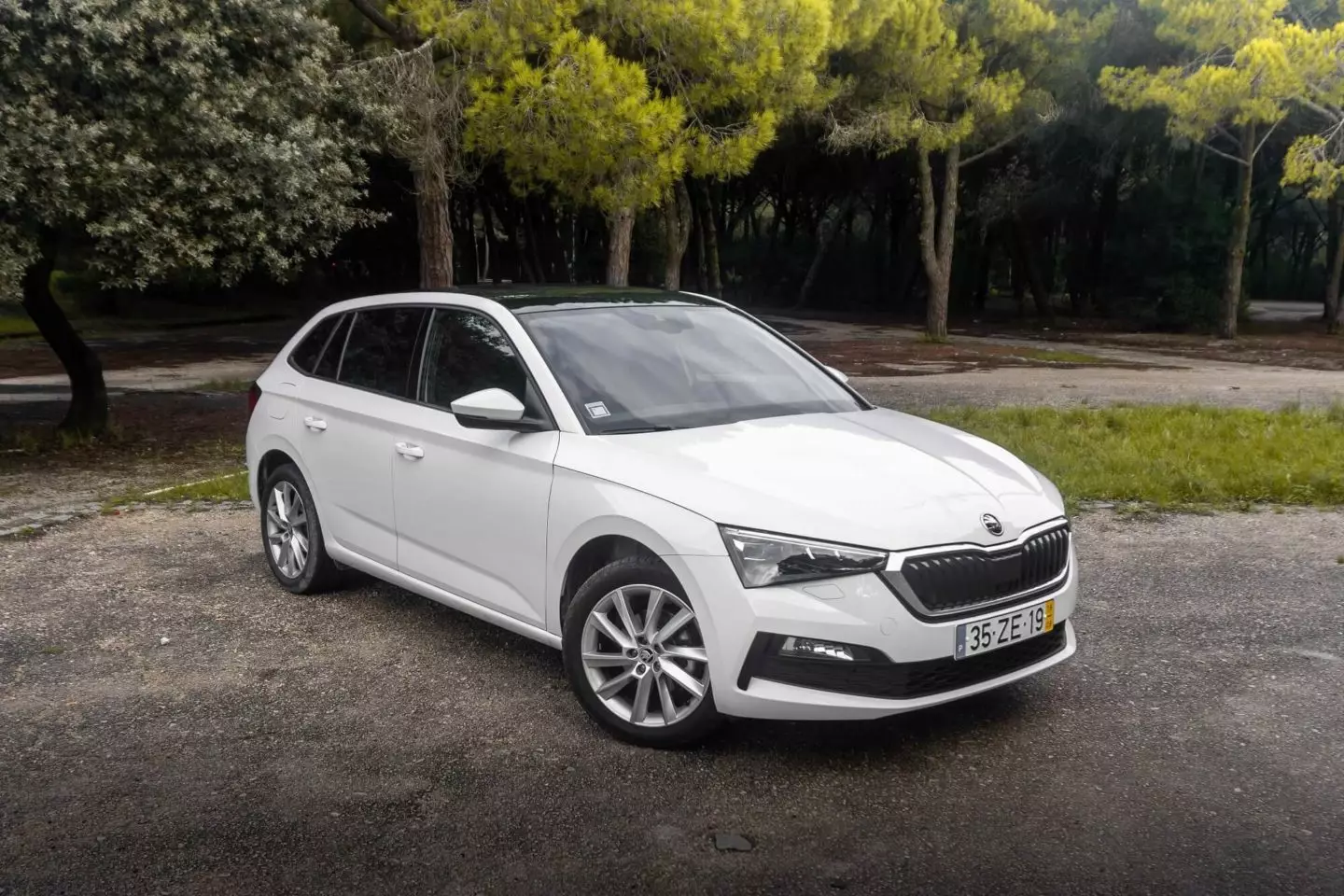
As you can see, it is practically impossible to distinguish the version with the TDI engine from the one equipped with the TSI engine.
Robust, well equipped, comfortable and (very) spacious, the Skoda Scala fulfills everything that is objectively asked of a C-segment model. Taking all these arguments into account, if you are looking for a very competent and spacious compact family, then Scala may well be the answer to your “prayers”.
As for the ideal engine, both the 1.6 TDI and the 1.0 TSI are good choices, fitting in well with the Scala's road-going character. After all, which one to choose?
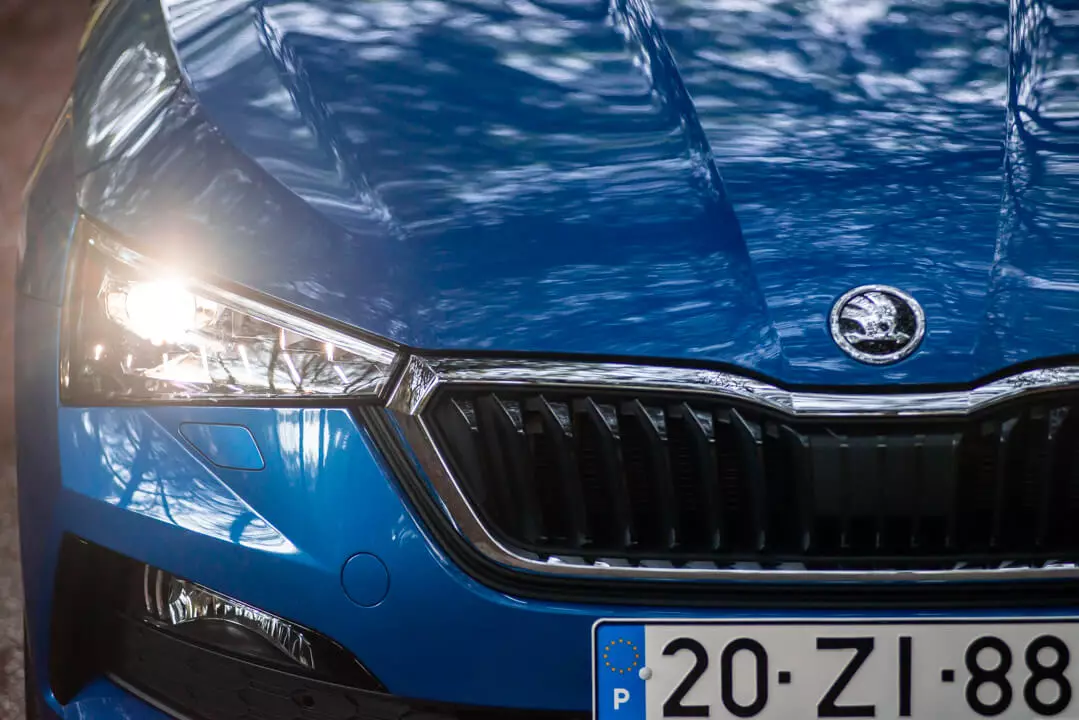
From the point of view of pleasantness, the small 1.0 TSI surpasses the 1.6 TDI, but as usual, if the number of kilometers practiced per year is quite high, it is impossible not to take into account the superior economy of the Diesel.
As always, the best thing is to get the calculator and do some math. Thanks to our taxation, which not only penalizes more diesel models but also higher displacements, the Scala 1.6 TDI tested is around four thousand euros more than 1.0 TSI and the IUC is also he more than 40 euros higher. This despite having the same level of equipment, and the 1.0 TSI even has the most expensive transmission. Values that make you think.
Note: The figures in parentheses in the data sheet below refer specifically to the Skoda Scala 1.6 TDI 116 cv Style. The base price of this version is 28 694 euros. The tested version amounted to 30,234 euros. The IUC value is €147.21.
